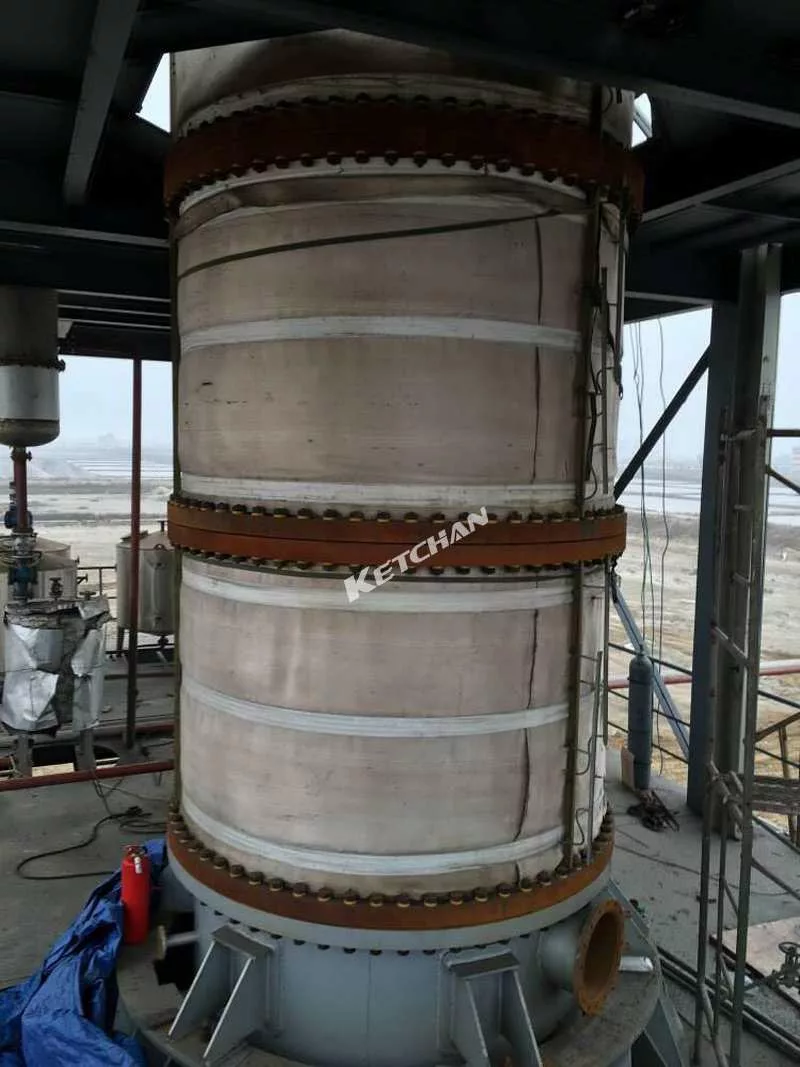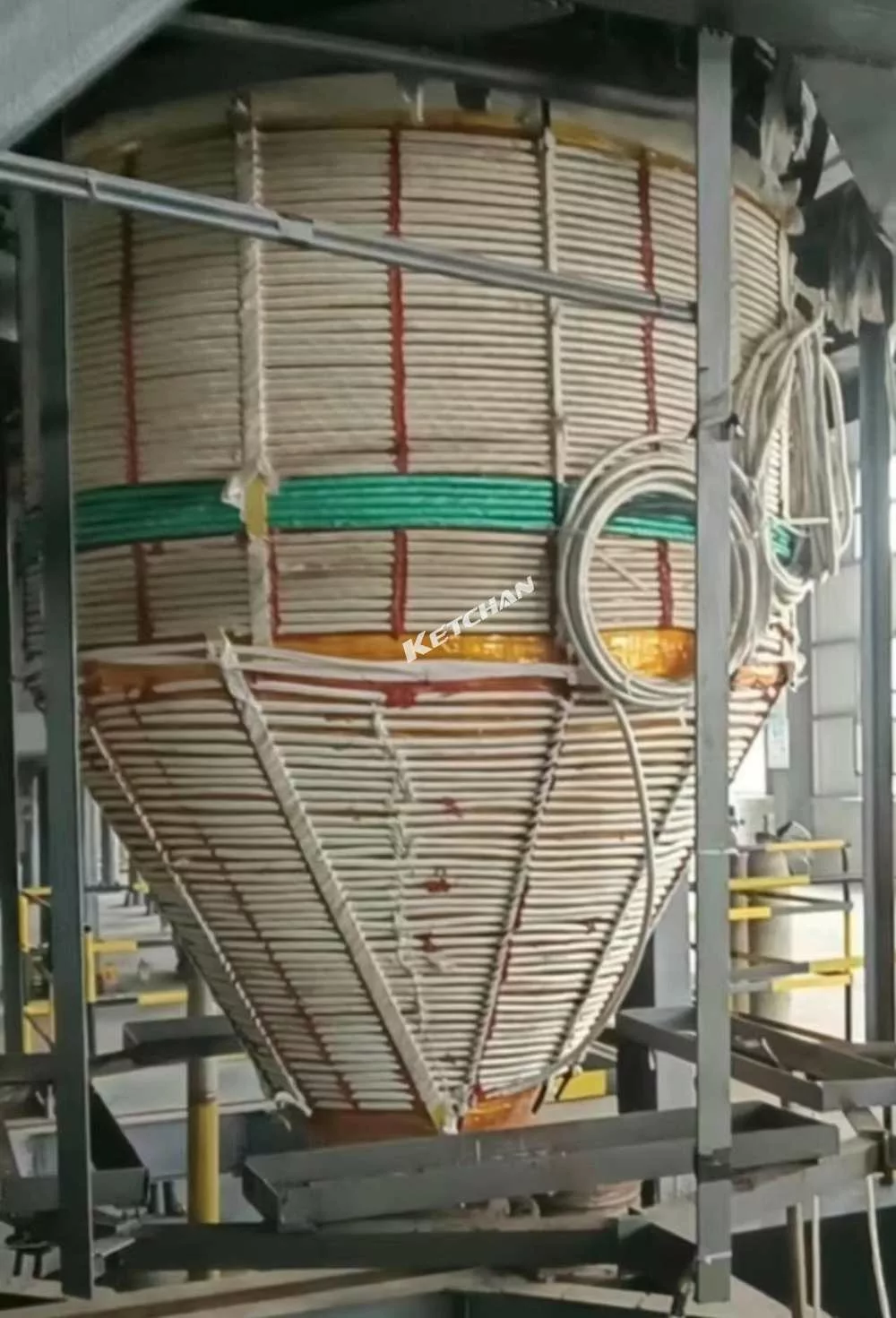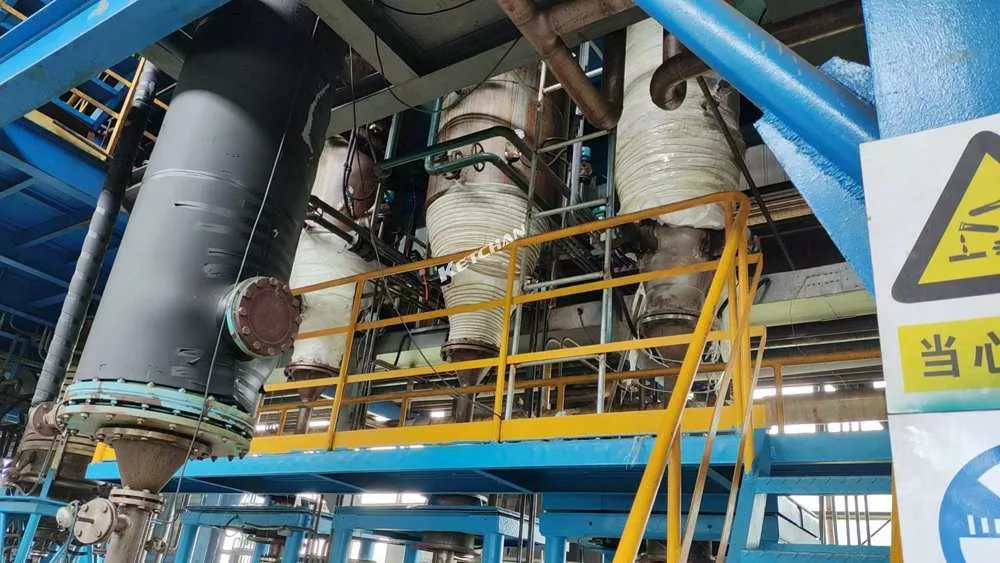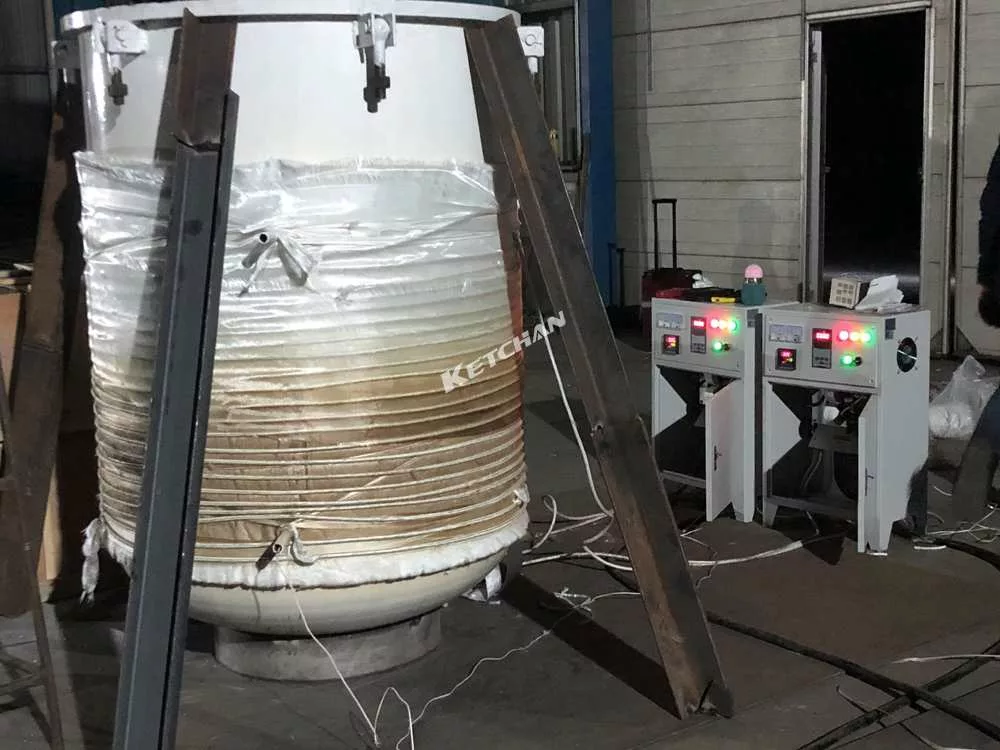

Chemical reactor electromagnetic heating is a technology that uses radio waves or magnetic fields to heat materials or fluids within the reactor. Induction heaters connect coils around the heating body so that the heated body becomes a direct heating body. During heating operation, the coil generates magnetic force and cuts the heating element to become a heating element. The coil itself does not generate heat. This method can effectively shorten the preheating time, improve the efficiency, selectivity and safety of chemical reactions, and reduce the energy and carbon footprint of industrial processes. There are different types of electromagnetic heating depending on the frequency, mode and material of the reactor.
The main advantages of electromagnetic heating chemical reactors include:
- Uniform heating: Since electromagnetic heating is heated from the inside, it can ensure uniform temperature distribution in the reactor and avoid hot spots and uneven heating areas that may occur with traditional heating methods.
- High efficiency and energy saving: The heating speed of the electromagnetic heating reactor is faster than the traditional heating method, and the thermal efficiency is also higher, which can save energy and operating costs.
- Precise control: The heating system of the electromagnetic heating reactor can achieve precise temperature control, which is a very important advantage for chemical reactions and processes that require precise temperature control.
- Reduce maintenance costs: Since the heating system of the electromagnetic heating reactor is located outside the reactor and does not have direct contact with the reactants, cleaning, and maintenance are more convenient than traditional internal heating systems, and it also reduces equipment damage and repair costs.


Compared with other heating methods:
- Induction heating: This type uses an electromagnet and an electronic oscillator to create a high-frequency alternating current that passes through the electromagnet. The rapidly alternating magnetic field induces electric currents inside the reactor or the material to be heated, called eddy currents. The eddy currents flow through the resistance of the material, and heat it by Joule heating. Induction heating is suitable for heating metals and other materials that are good electric conductors, such as stainless steel reactors.
- Dielectric heating: This type uses two metal plates (electrodes) that form a kind of capacitor connected to a radio-frequency oscillator. The material or fluid to be heated is placed between the electrodes, and a varying, high-frequency electromagnetic field is applied. The heat results from electrical losses that occur in the material due to its poor conductivity. Dielectric heating is suitable for heating materials or fluids that are poor conductors of electricity, such as rubber, plastics, and water.
- Microwave heating: This type uses microwave radiation to heat materials or fluids that have polar molecules, such as water. Microwave radiation causes the polar molecules to rotate rapidly, generating heat by friction and collisions. Microwave heating can be used to selectively heat dielectric catalysts or catalyst supports, and can accelerate and promote conventional and non-conventional chemical reactions.
